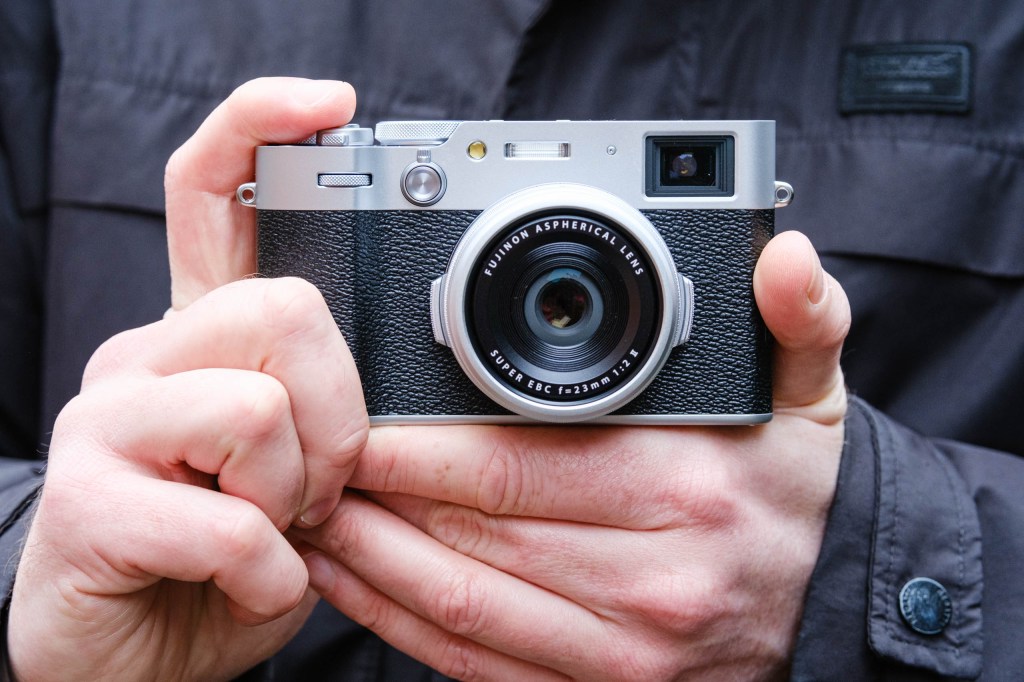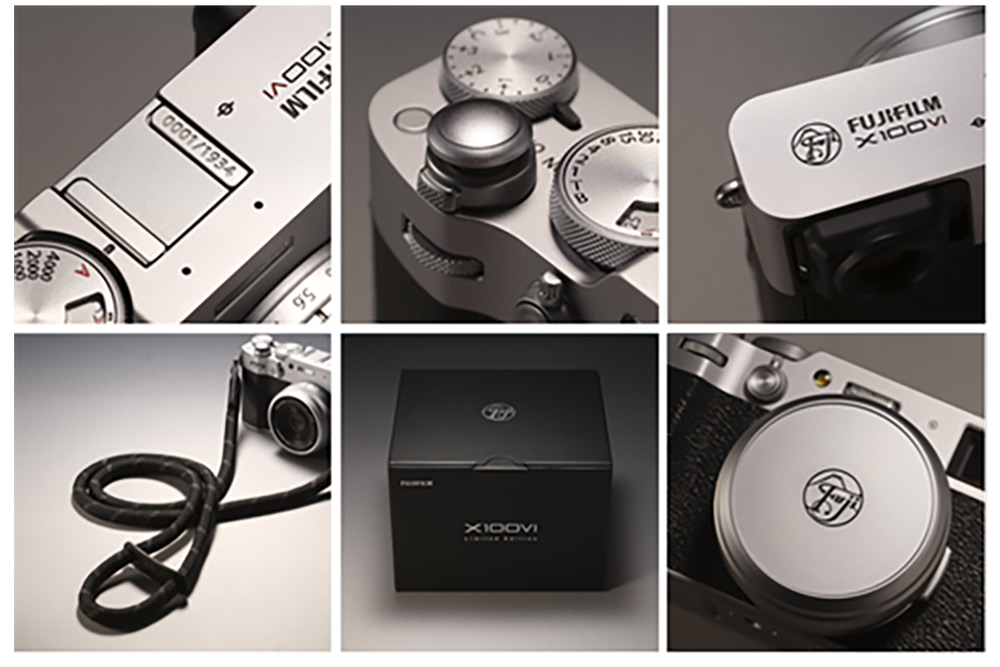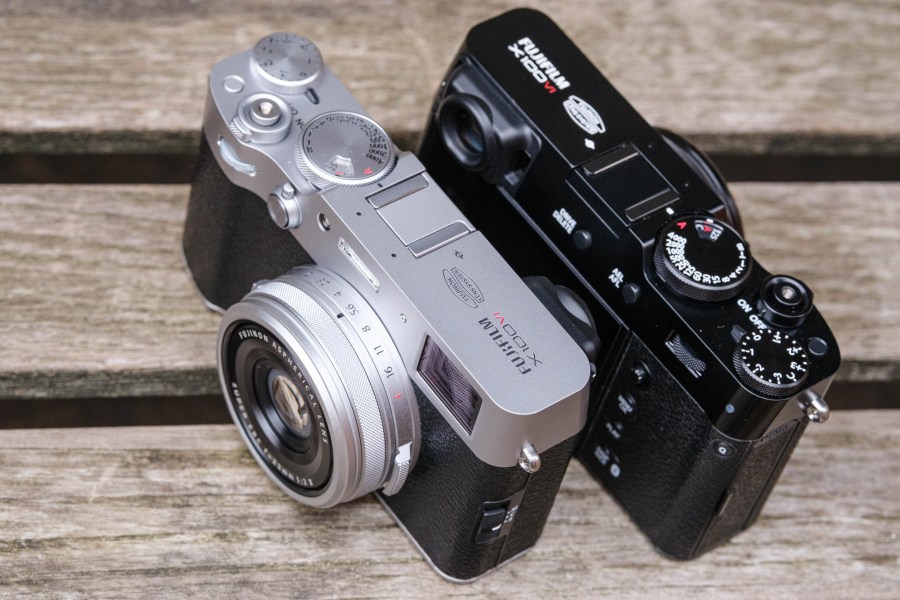Fujifilm X100VI mania shows no sign of moderating, as the company struggles to meet demand for this stylish compact camera. According to deputy editor Geoff Harris, this camera’s success also highlights some wider trends.
It’s only just spring, but this year has been dominated by all the excitement around one camera – the Fujifilm XI00VI, a premium compact with retro/classic styling.
Describing it in this way, the camera sounds pretty unremarkable, as other makers, notably Olympus/OM Systems, have been bringing retro-styled models to market for years (the PEN E-P1, PEN F, E-M10 etc, not to mention the original Fujifilm Finepix X100).

When social media influencers actually influence
What’s ignited the firestorm of excitement around the new Fujifilm camera, however, is the fuss made about its predecessor, the X100V. This camera already had admirers, but it effectively sat there for a couple of years before it started to get bigged-up by TikTok and Instagram influencers, intoxicated by its cool looks and convincing film simulations.
Their infections enthusiasm then spread to their legions of followers, which I guess is how it’s supposed to work. Covid also contributed to interest in the X100V, as supply chain headaches meant it became very hard to get. Supply and demand, etc…

Coming back up to date, Fujifilm is reported to be struggling to keep up with demand for the X100VI, with the back orders growing by the day and overtime-weary workers in Japan growing hoarse from singing the company song. There’s even been a ballot for punters eager to get the special edition in the UK.
Commentators have been focusing on all this, as well as the many virtues of this excellent camera, but most are missing the wood for the trees here.
Fujifilm X100VI – we are missing the point
The unprecedented demand for the X100VI shows that all those bleak predictions about smartphones effectively destroying the compact camera market have been overstated.
While the glory days of 2010, when over 121 million digital cameras were shipped, are unlikely to return, shipments and sales of digital cameras, including compacts, are holding their own.
Yet there’s never been such a massive choice of photographically powerful smartphones. The received wisdom was always that most consumers wouldn’t bother with a separate camera as soon they could take comparably good pictures on their phone. So, what gives?
Is a bit of the shine going off phones?
I believe a few things are happening here. First, many younger picture-takers are getting somewhat bored with only using phones (so they tell this old timer). Yes, the latest iPhone wins cool points from your mates, but many Android phones rarely will. Phones are everywhere.
A cool-looking retro camera, however, still appeals to the under 30s, as evidenced by the continued interest in old-school analogue models and film photography generally. Even if you aren’t an experienced photographer, it’s an attention-grabbing accessory.

Second, not only does the X100VI look nice when you post about it on social media, it also takes nice photos. A phone is just, well, a phone. Stylish cameras look really great when you post videos about them, which are often recorded on your… phone.
Third, existing camera fans are also drawn to the X100VI as not everyone wants a bulky, premium-priced mirrorless flagship, with those rarely used video extras and attendant bag of clanking lenses (though top-end mirrorless cameras are also generating good profits for makers).
The customer is always right
It’s not just Fujifilm, either. Leica continues to make hay with its Q series of premium compacts, with the latest Q3 (below) getting rave reviews. The company isn’t unduly worried about competition from smartphones that it’s added its branding to, such as those from Xiaomi.
This is because it realises that a pricey Leica dangling around your neck still makes you look like you’re about something, in a way that snapping away with a Samsung S24 Ultra never will.

The take-home message here is that just as with continued demand for printed books and vinyl, you can never totally predict how consumers will behave. Heck, even puny but bling digital compacts from the noughties are back in fashion.
I’m not saying the success of the Fujifilm X100VI and other stylish premium compacts means the existential threat from smartphones has just gone away, far from it, but I am increasingly convinced that all those ghoulish reports of the slow death of the ‘conventional’ camera have been greatly exaggerated.
And what’s more, all camera makers should be celebrating the success of the Fujifilm X100VI.
Further reading
Why is there no Fujifilm X100VI alternative?
What are the best small mirrorless cameras?
Smartphone vs Digital Camera: Which is better?







